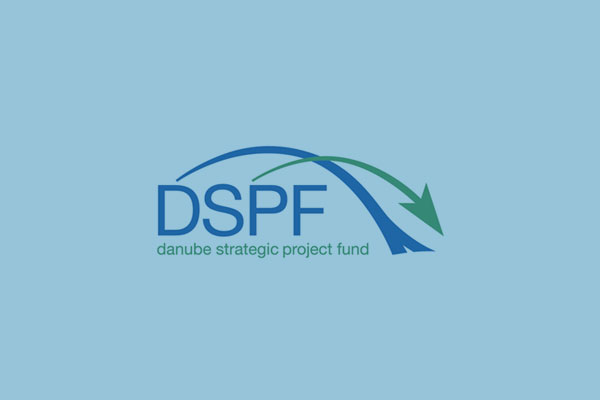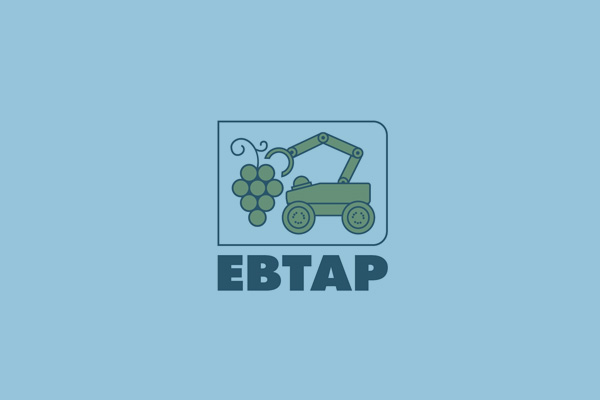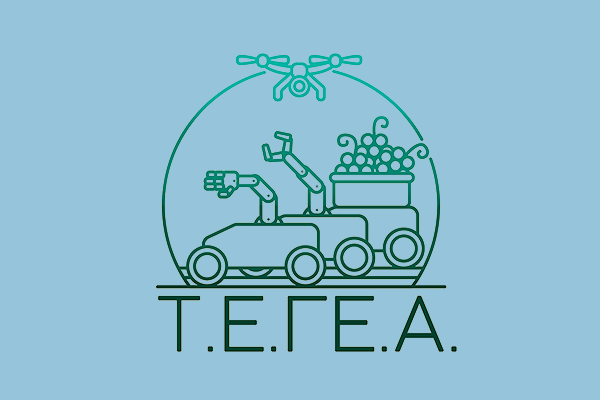Potentials for decision support in business processes through a multi-layer network embeddings approach, 32nd EURO Conference, Espoo, Finland, 2022
Abstract In a business process, we expect multiple related entities to interact. For example, in the Order-to-Cash process, one can observe the events that are recorded with respect to the orders, to the packages, or to the items that are included in the order. Each case notion carries only a part of the aspects of the overall situation, thus, reducing the process to a single case notion means to deliberately neglect certain facets of reality, and moreover, it conceals a major risk to present features of one…


 Greek
Greek









